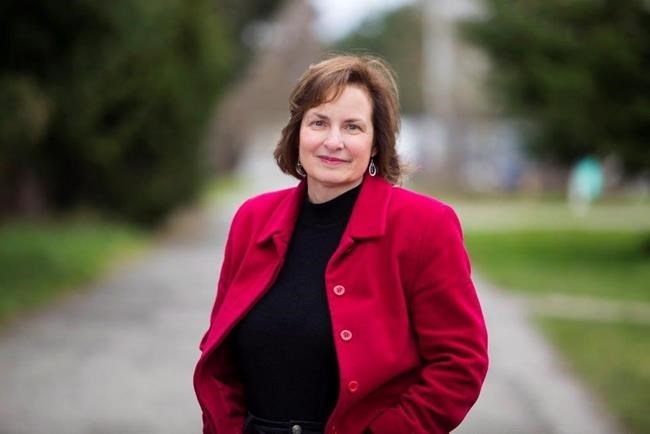Better palliative care could extend the lives of people who are homeless and terminally ill, a University of Victoria study has found.
People who are homeless or have insecure housing are just trying to survive day-to-day, so discussions about dying with dignity often fall by the wayside, said Kelli Stajduhar, lead investigator with UVic’s Institute on Aging and Lifelong Health and School of Nursing.
Lack of end-of-life care for gravely ill homeless people in Greater Victoria was highlighted through the story of Terry Willis. In September, the 50-year-old cancer patient received a letter from his oncologist that said he could not receive chemotherapy while living at a supportive housing facility because he would be at higher risk of infection.
Willis has since been housed in a one-bedroom subsidized suite managed by the capital region Housing Corp.
“Terry Willis, he’s an example of someone who could benefit from integration of palliative services into his care,” Stajduhar said.
“We want to see Terry get the same kind of palliative care that everyone else in our community gets when they’re dying.”
Stajduhar’s research team spent hundreds of hours interviewing 25 people who are homeless or barely housed. They were tracked for two years or until they died. Researchers also spoke to their social workers, friends, street family and accompanied them to medical appointments to observe interactions as they navigated the health-care system through the lens of poverty.
The study, called “Too little, too late: How we fail vulnerable Canadians as they die and what to do about it,” found that homeless people with terminal illnesses face the injustices felt by others living in poverty: stigmatization, criminalization, racialization and exclusion.
Grey Showler, director of the Victoria Cool Aid Society’s health and support services, has witnessed many cases where terminally ill clients move into stable housing and are connected with the right health services.
He saw an immediate improvement in their day-to-day health and clients he worried could die any day went on to live for years.
“It can make a huge difference in people’s lives,” Showler said.
“It extends their life.”
That outcome doesn’t surprise Stajduhar. “There’s no doubt in my mind that stable housing is a predictor of better health outcomes for people,” she said.
In the most dire situations, Showler has visited terminally ill clients who had gone two days without eating because they didn’t have the strength to get to the grocery store. In another case, a man living in a single room occupancy hotel with a bathroom down the hall had urinated into cups all over the room because he was too weak to make it to the bathroom.
The man was eventually placed in hospital, where he died. Homeless people should not be forced into such indignities, he said.
Stajduhar found that many participants with cancer, heart failure and lung disease received palliative care because they were participating in the study. Palliative care includes increased access to health care services such as home visits, better access to medication to relieve pain and more support for their care workers.
Staff who work at shelters or supportive housing facilities often go above and beyond their job description to care for seriously ill residents but they’re not trained to be palliative care nurses, Stajduhar said.
Cool Aid and social agencies such as Our Place and AIDS Vancouver Island operate a palliative outreach team, which is a group of social workers and nurses who visit people at home, help them get to medical appointments and run errands. Showler said these social workers are providing this support even though it’s not a part of their duties, and a more permanent solution is needed.
He wants to see funding for a dedicated nursing team for homeless people who are dying.
“We need a nurse who can co-ordinate that care, between the housing, between the health supports and other social agencies. We need medical services and health services that are mobile and 24-7, so we can go out and care for people in their homes.”
Cool Aid is developing plans for a facility that would house terminally ill homeless people needing palliative care. If Cool Aid can secure funding, the building would be staffed around the clock by a health care team trained in end-of-life care.



